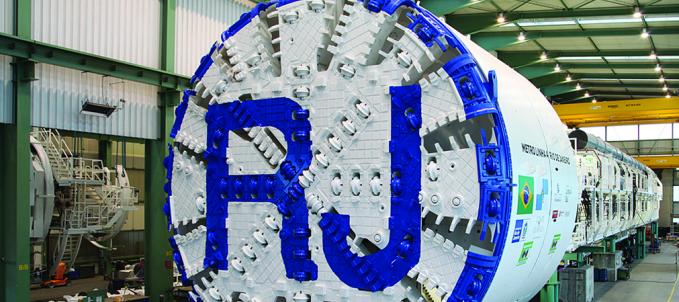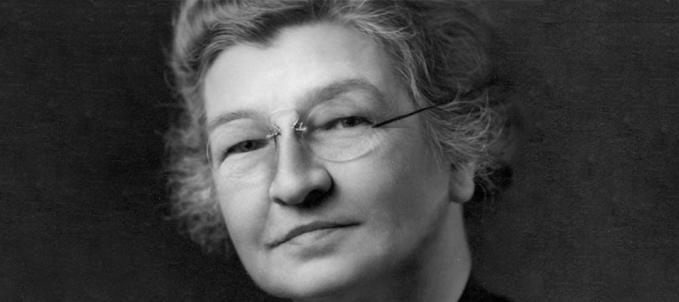Great women engineers who changed the world!
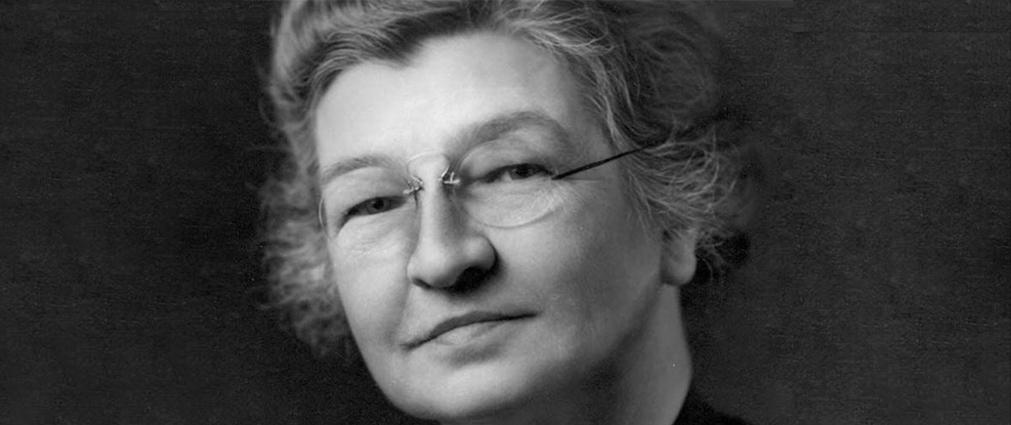
Engineering has always carried the stigma of being a male domain but, fortunately, this is an ever-changing scenario and women have put an end to the myth that exact science courses are only for men. Many powerful female engineers have been responsible for the pioneering spirit of women in these areas and have opened the way for today’s professionals. Would you like to find out a little more about them?
Martha J. Coston (1826 – 1904)
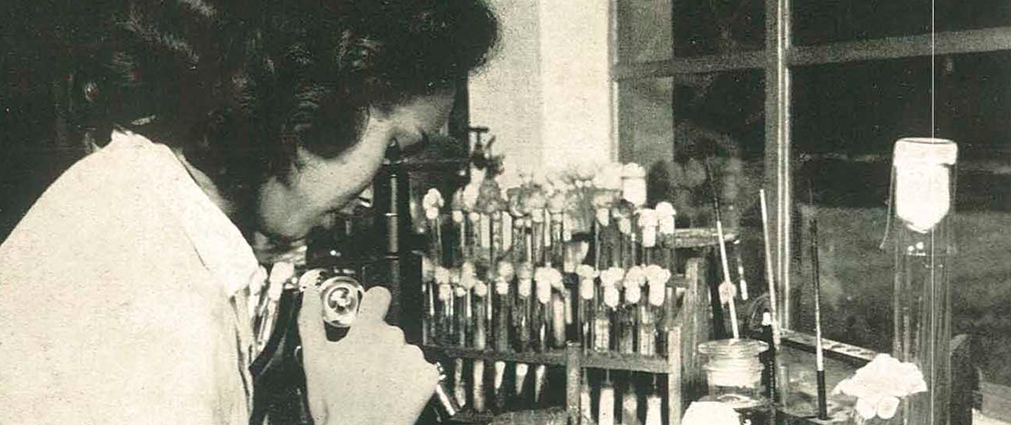
Martha may not have been an engineering graduate but she developed her husband’s work with great intelligence. She was widowed at the age of 21 and had four children to raise. Her husband, who had worked in naval engineering, only made notes of plans for pyrotechnic flares. Martha interpreted all of these and started practically from zero, developing an elaborate model of flares called night signals, which enabled ships to communicate. She sold the signaling system to the United States Navy, helping to save lives and winning many battles during the Civil War.
Emily Roebling (1843 – 1903)
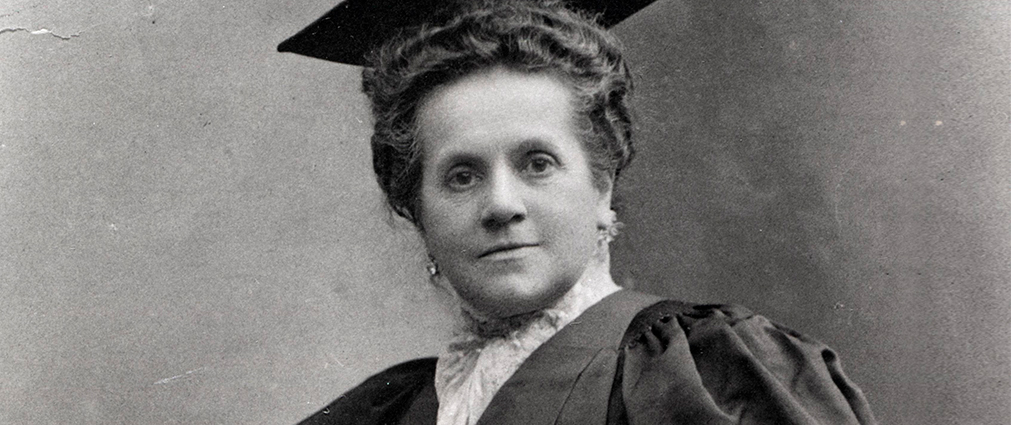
An example of resilience and intelligence, Emily Roebling was a collaborator on one of the largest engineering projects in American history: the Brooklyn Bridge, which was completed in 1883. The project started with her father-in-law, a pioneer in constructing suspension bridges and it was then inherited by her husband, Washington Roebling. However, Washington became sick and Emily had to take on daily supervision of the work. Overcoming a predominantly male environment, she learned many aspects of engineering connected with bridge construction (such as specific calculations and the resistance of materials) and became one of the greatest exact science professionals in the country. She was also the first woman to head the American Society of Civil Engineers.
Edith Clarke (1883 – 1959)
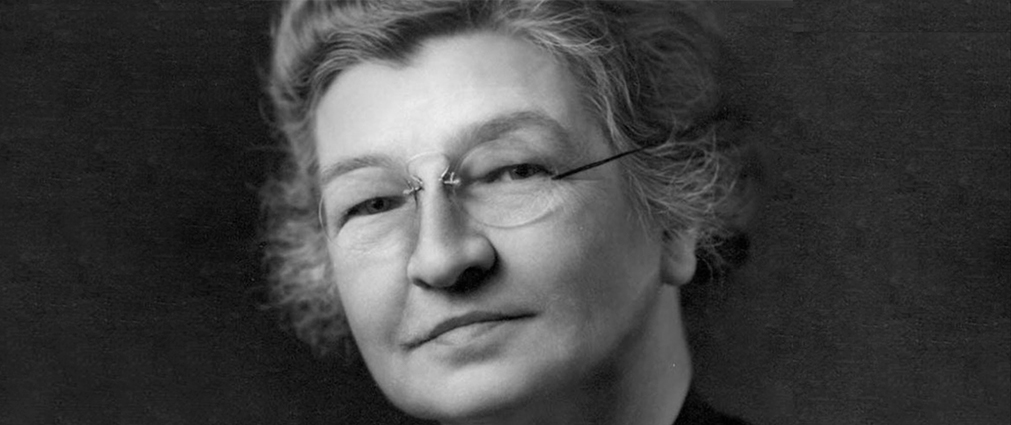
American, Edith Clarke, was the first woman to graduate in electrical engineering at the Massachusetts Institute of Technology (MIT) in 1918. Following her graduation, Clarke worked as an engineer at General Electric, where she developed the famous Clarke calculator, used to solve equations for electrical energy transmission lines. In 1954, she won the main award from the Society of Women Engineers, “in recognition of her great original contributions to the theory of stability and circuit analysis.” A true inspiration for today’s female engineers!
Enedina Marques (1913 – 1981)
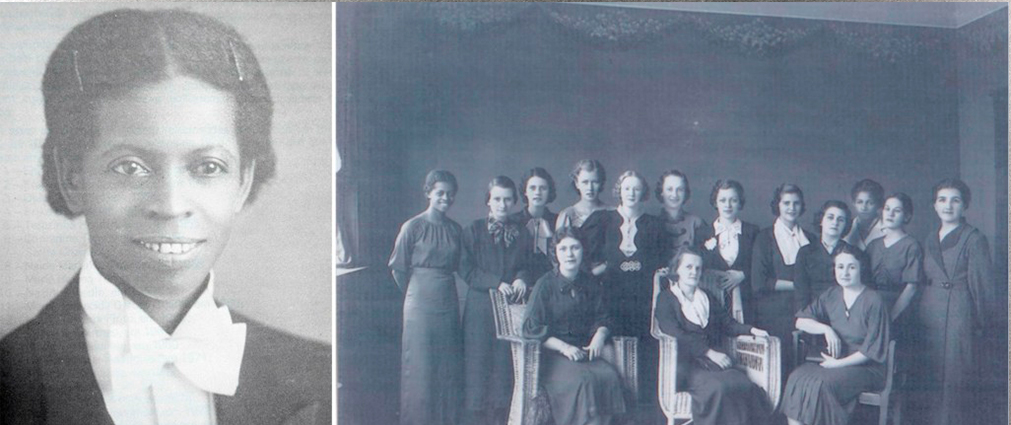
Brazilian women cannot be left off this list! Enedina Marques was an example of resilience at a time when discrimination was rife following the abolition of slavery. After overcoming various obstacles, she was able to get onto a civil engineering course and graduated in 1945, becoming the first black woman in Brazil to graduate in engineering and the first woman to achieve this degree in the state of Paraná. One of her main achievements was the construction of the Capivari-Cachoeira plant, the largest underground hydroelectric plant in the south of Brazil.
Hedy Lamarr (1914 – 2000)
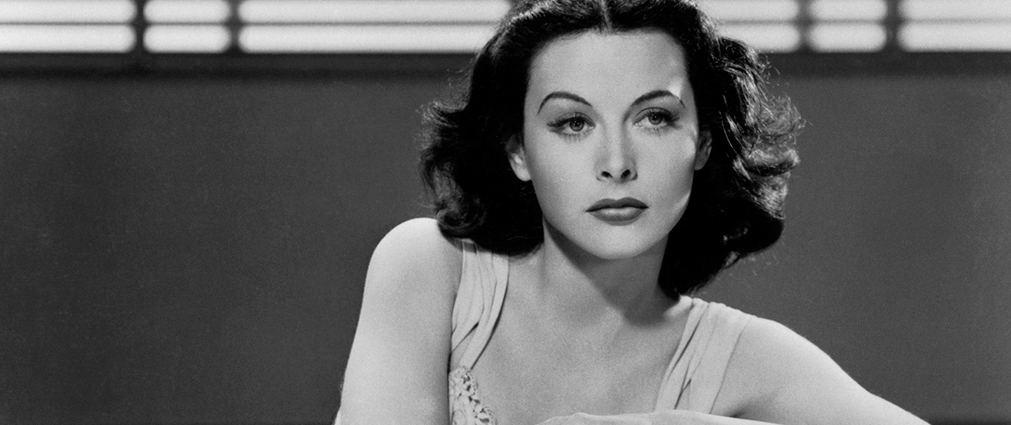
Hedy Lamarr proved that she was not just a ‘pretty face of Hollywood’. In addition to being extremely talented in cinema, Hedy was also a great engineer. During the Second World War, the actress created a sophisticated radio interference device to throw off Nazi radars and she patented it during the 1940s. The idea emerged while she was playing the piano with her composer: she realized that two people could talk when changing the frequency of the channel of communication. Her invention was so important that in 1997 Hedy was recognized with an award from the North American government and is today considered the “mother of the cell phone.”
Aïda Espínola (1920 – 2015)
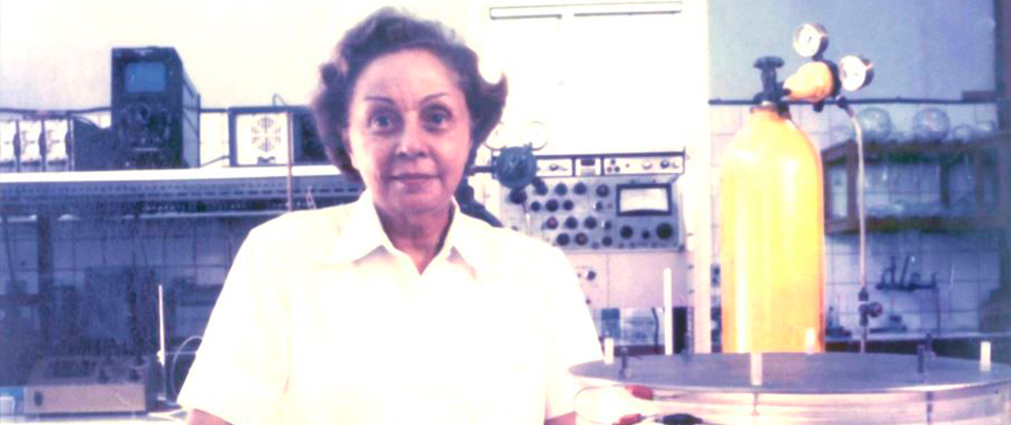
Another strong Brazilian woman is Aïda Espínola from Rio de Janeiro. She was one of the first women to graduate in industrial chemistry, studied for a Master’s and doctorate in the United States and for three post-doctorate qualifications in Argentina! Aïda was one of the pioneers in studying oil reservoir rocks, which would later serve as the base for analyses of the pre-salt layer, becoming a reference in the area. The laboratory which she created was selected by NASA to analyze rocks collected on the moon! She was also dedicated to studies on renewable energy: her discoveries gave rise to a green hydrogen-fueled bus which circulates on the campus of the Federal University of Rio de Janeiro.
Stephanie Kwolek (1923 – 2014)
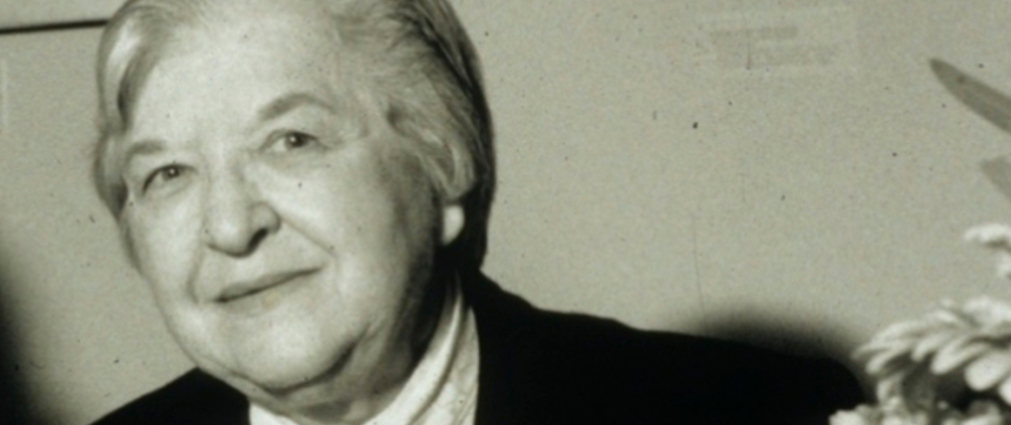
The American chemist of Polish heritage, Stephanie Kwolek, discovered a polymer which revolutionized world industry: Kevlar, an ultra-resistant fiber which is used today in bullet-proof vests, armored cars, planes, tires and even cell phones. The discovery took place in 1960 when she worked at DuPont. She was looking for a material which could be used to reinforce car tires but found something much more promising: a liquid-crystal polymer stronger than nylon and five times more resistant than steel! Due to her discoveries, she received the National Medal of Technology in 1996 and in 2003 was nominated for the National Women’s Hall of Fame, an organization which recognizes the accomplishments of North American Women.
Bonus!!
Marie Curie (1867 – 1934)
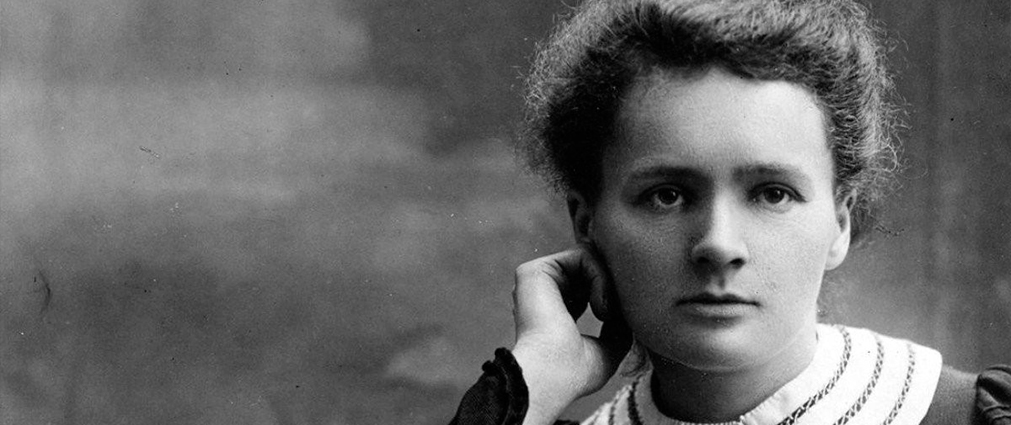
And as a bonus on this list of powerful women is a scientist who may not be an engineer but, without a shadow of a doubt, is a reference for all exact science professional in the world. After all, this list would not be complete without the “Mother of Modern Physics”. The Polish physicist, Marie Curie, is famous for her pioneering research about radioactivity, the discovery of the elements radium and polonium and being able to isolate isotopes from these. But she had to overcome a great number of obstacles to get there, from financial difficulties to courses taken secretly (women were not allowed to study at universities in Poland at the time). Without a doubt, Marie is a major genius of humanity, being the first person to win the Nobel Prize twice: in chemistry in 1903 and physics in 1911.






